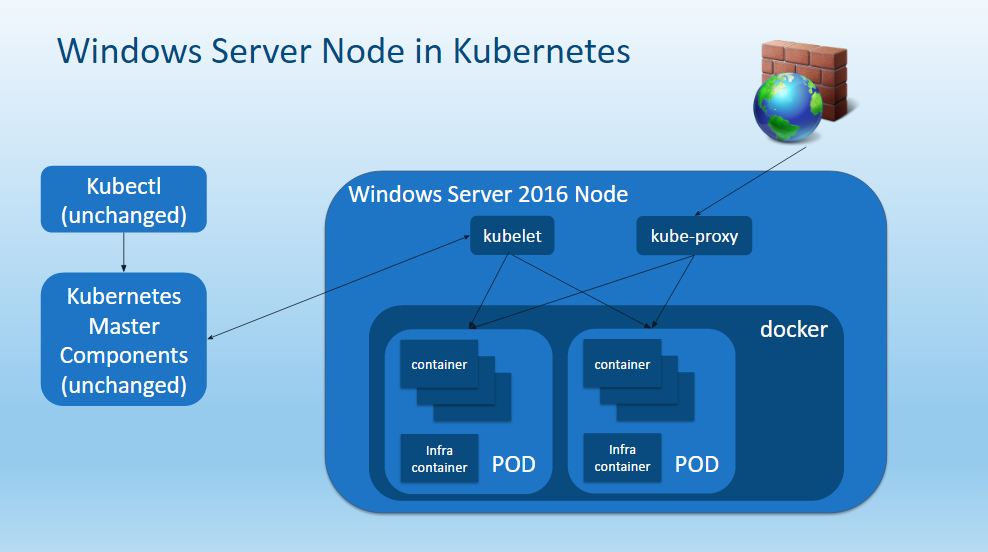
This week, Kubernetes welcomed Windows Server 2016 and Windows Container support, previewing new capabilities that extend Kubernetes to the enterprise workload masses.
The new Kubernetes Windows Server 2016 and Windows Container support contains the public preview for new features. This includes containerized multiplatform applications, where applications can now be deployed on both Windows Server and Linux, whereas before, applications used to be impossible to orchestrate between Linux and Windows, according to a Kubernetes editor’s post written by Michael Michael, senior director of product management at Apprenda.
(Related: 2017 will be cloudy for Oracle)
Developers can also enjoy support for both Windows Server Containers and Hyper-V Containers. Developers can also enjoy support for both Windows Server Containers and Hyper-V Containers, which are lightweight compared to other virtual machines, according to Michael.
A key driver of introducing Windows Server support to Kubernetes was to expand the ecosystem to IIS, .NET, Windows Services, .NET Core, and other application types that can now be orchestrated by Kubernetes, wrote Michael. Additionally, organizations that already use Kubernetes can expand it for coverage of data centers.
Michael wrote that since customers want enterprise container scheduling and management for their tech portfolios, the Windows Server SIG will “deliver that parity within the next one or two releases of Kubernetes through a few key areas of investment.”
Developers and organizations can get started with Kubernetes on Windows Server 2016 by checking out its GitHub page.





